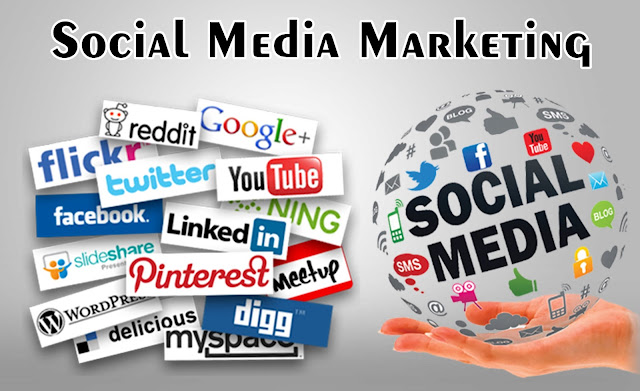Mastering Search Engine Marketing: A Comprehensive Guide
In today's digital age, search engines have become an integral part of our lives. Whether we're looking for information, products, or services, search engines are the go-to platform. As a result, search engine marketing (SEM) has emerged as a powerful tool for businesses to reach their target audience and drive conversions. In this blog post, we will delve into the world of search engine marketing, explore its various components, and provide insights on how to leverage SEM effectively to boost your online presence and business growth.
Understanding Search Engine Marketing:
Search Engine Marketing (SEM) refers to the practice of promoting websites by increasing their visibility in search engine results pages (SERPs) through paid advertising. SEM primarily involves two techniques: search engine optimization (SEO) and pay-per-click (PPC) advertising. While SEO focuses on improving organic search rankings, PPC allows businesses to bid on specific keywords to display their ads prominently on search engine results.
Keyword Research and Selection:
Keyword research forms the foundation of any successful SEM campaign. By understanding your target audience and identifying the keywords they use to search for your products or services, you can optimize your content and ad campaigns to match their intent. Tools like Google Keyword Planner, SEMrush, and Moz Keyword Explorer can assist in finding relevant keywords with high search volumes and low competition.
Crafting Compelling Ad Copy:
Once you've identified the keywords, it's crucial to create compelling ad copy that entices users to click on your ads. Focus on writing concise, attention-grabbing headlines and engaging ad descriptions that highlight the unique selling propositions of your offerings. Experiment with different ad formats, such as text ads, image ads, or video ads, to maximize your ad's impact.
Setting Up and Managing PPC Campaigns:
Pay-per-click (PPC) campaigns are an essential component of SEM. Platforms like Google Ads, Bing Ads, and social media advertising platforms provide powerful tools to create and manage PPC campaigns. Start by setting clear campaign goals, defining your target audience, and allocating a budget. Structure your campaigns into well-organized ad groups, and regularly monitor and optimize your ads, keywords, and bidding strategies to maximize return on investment (ROI).
Landing Page Optimization:
Driving traffic to your website through PPC ads is only half the battle; you need to ensure that your landing pages deliver a seamless user experience and effectively convert visitors into customers. Optimize your landing pages by aligning them with your ad copy, ensuring fast loading times, using persuasive call-to-action (CTA) buttons, and employing clear and concise messaging. Regularly test and refine your landing pages to enhance conversion rates.
Tracking and Analytics:
To measure the success of your SEM campaigns, it's vital to implement robust tracking and analytics tools. Platforms like Google Analytics, Google Ads Conversion Tracking, and other third-party tools offer insights into key metrics such as click-through rates (CTR), conversion rates, bounce rates, and cost per acquisition (CPA). Use this data to evaluate your campaign performance, identify areas for improvement, and make data-driven decisions to optimize your SEM strategy.
Remarketing and Display Advertising:
Remarketing and display advertising are powerful tactics to re-engage with users who have previously interacted with your website or shown interest in your products. By displaying targeted ads to these users across various websites and platforms, you can reinforce your brand, drive conversions, and improve customer retention. Platforms like Google Display Network and social media ad networks provide comprehensive remarketing and display advertising capabilities.
Mobile and Local SEM:
With the increasing dominance of mobile devices, optimizing your SEM campaigns for mobile users is crucial. Mobile SEM involves creating mobile-friendly landing pages, adopting responsive design, and ensuring fast loading times on mobile devices. Additionally, for businesses with a physical presence, local SEM techniques like optimizing for local keywords, managing online reviews, and leveraging location-based targeting can significantly enhance visibility and drive foot traffic.
Search Engine Marketing (SEM) has revolutionized the way businesses connect with their target audience online. By leveraging the power of paid search advertising and optimizing organic search visibility, businesses can achieve higher rankings, drive targeted traffic, and maximize conversions. However, mastering SEM requires continuous learning, experimentation, and optimization. By following the best practices outlined in this guide and staying updated with the latest trends and tools, you can unlock the full potential of search engine marketing and propel your business to new heights of success.




Comments
Post a Comment
Comment here